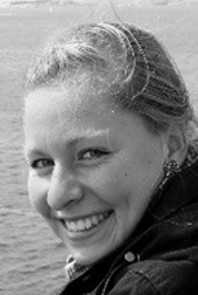Radiopharmazeutische Chemie
Freie Universität Berlin
Fabeckstr. 34/36
14195 Berlin
Telephone: +49 30 838 56547 (Lab) or +49 30 838 907 514 (office)
Email: anna.grunwald@fu-berlin.de
Bioconjugation kits for multi-metal use and multi-organ targeting
PIs: Abram, Brenner, Buchert
Application Area: Cancer, cardiovascular
Modality: SPECT, PET
Background: Classical radiopharmaceuticals have usually been developed and optimized for one specific nuclide and one target organ. This was motivated by the dominance of only a few radioactive isotopes – the ‘workhorses’ – in such applications as well as the fact that the major diagnostic targets (myocardium, brain, hepatobiliary and renal tracts) ensure high numbers of annual administrations. In recent years, however, hybrid imaging tools and bioconjugation approaches in tracer chemistry have generated a need for modular tracers based on multiple radioactive nuclides. This concept allows the combination of different tracer-specific imaging techniques. Furthermore, modular tracer chemistry could support theranostic approaches, which require the quantification of therapeutic isotopes or non-radioactive drugs by medical imaging techniques. Chelator systems based on various donor atom constellations have been proven flexible and robust for stabilizing different radiometals in different chemical environments tailored for different emission tomography modalities such as PET and SPECT.
Aim: The aim of this project is to develop a novel ligand system which can coordinate various radiometals for PET and SPECT imaging as well as various target-seeking biomolecules like peptides, for instance.
Methods: Tri- to hexadentate ligands are scheduled to be synthesized on the basis of thiocarbamoylbenzimide chlorides, aroylthioureas or aminoalcohols. Each of the ligands will be synthesized in a way that allows orthogonal bioconjugation. For this, carboxylic or alkyne residues are attached in appropriate positions so that biomolecules are bound via peptide coupling or ‘click’ chemistry. After full analytical and spectroscopic characterization of the ligands, their complex formation behavior will be investigated for nonradioactive or long-lived nuclides of the targeted metal ions and afterwards also for radiometals for PET and SPECT imaging like the ‘workhorse’ 99mTc.
